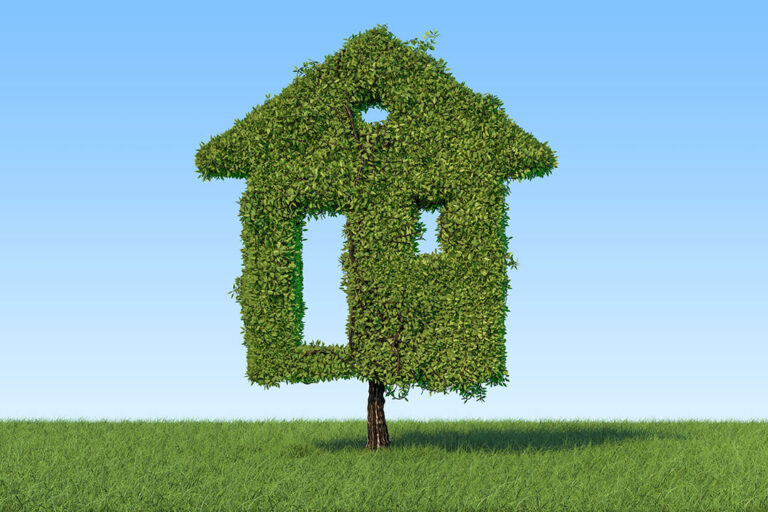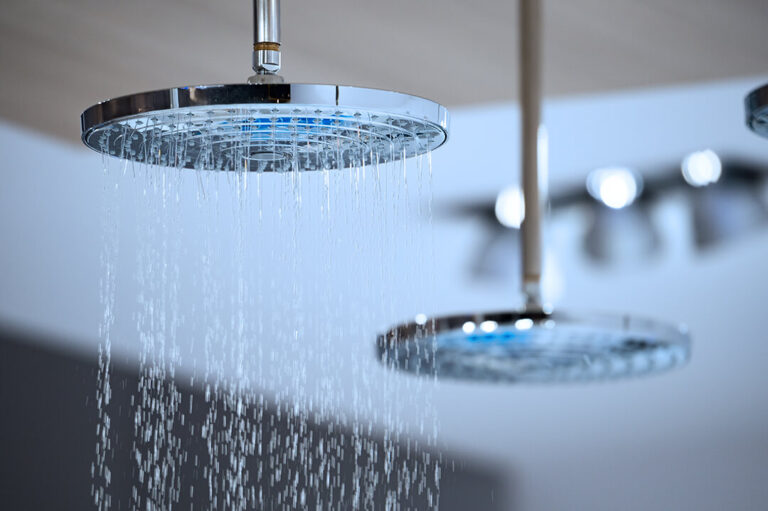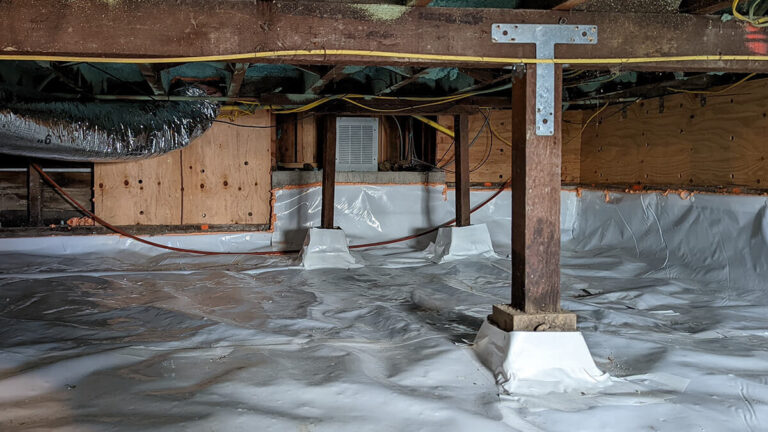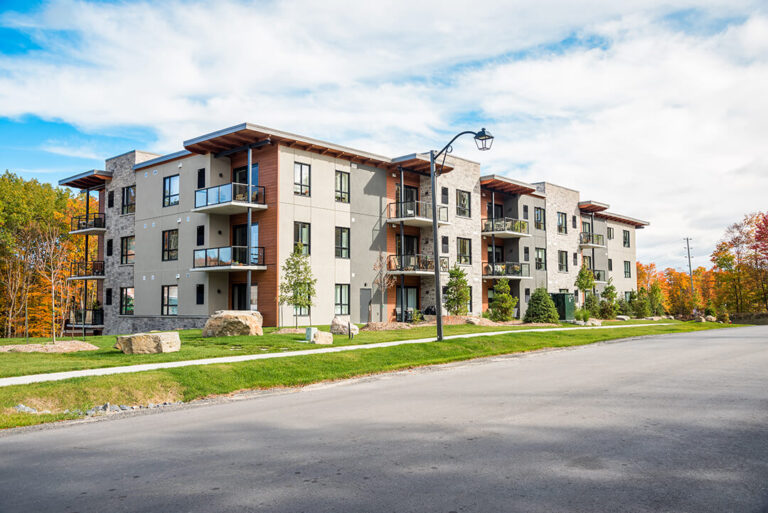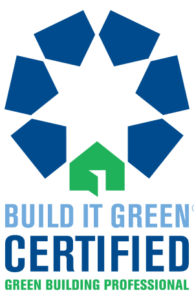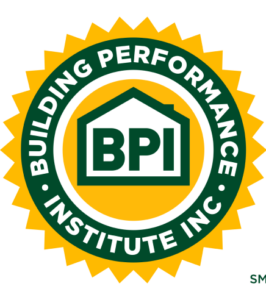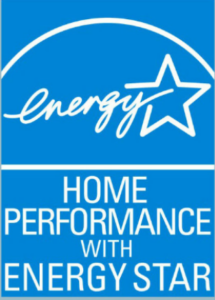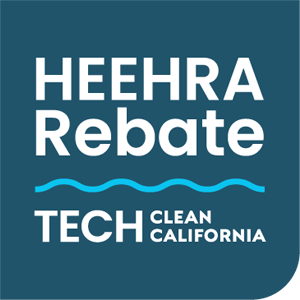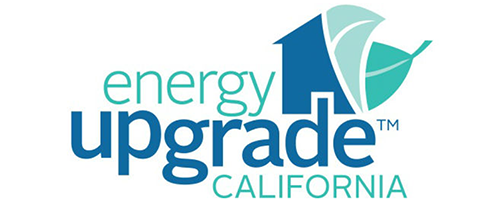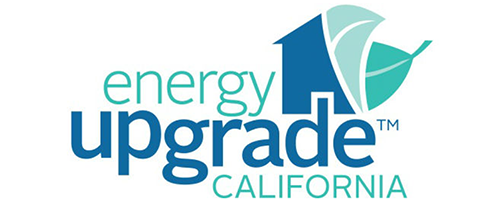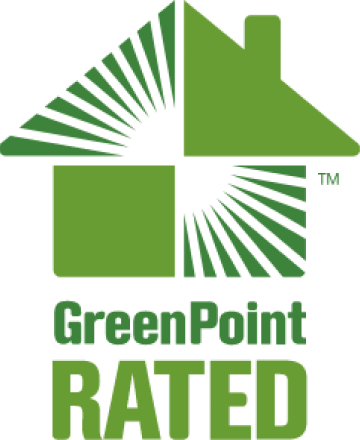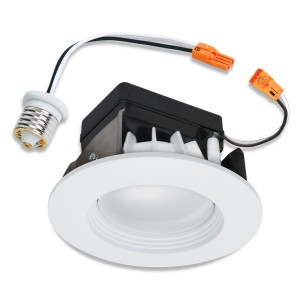
If you simply throw a bigger AC unit in there, here’s what will happen:
- Expensive upfront cost
- Increased energy bills
- Overpowered machine will cycle on and off frequently, thus decreasing its own lifespan
- Temperatures may drop but will be more unevenly distributed than before, especially from floor to ceiling
What we really want is steady, even, efficient cooling. This must be tied in with a correctly sized furnace (or whatever other technology) and well designed duct work. Forced air should almost always be designed all at once to work together. A high performance, truly comfortable home is also achieved through a variety of other factors such as air sealing, air distribution, and insulation. It is much more efficient to have a properly sized unit than an over-sized one. So once again, please do not simply buy a bigger AC! The standard HVAC industry will love to put one in for you. Do not let them!
Don’t Burn Your Bridges
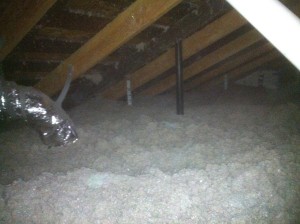
A successful home energy retrofit should improve efficiency and comfort – but it should also avoid re-work. In this business, mistakes often cost double. A common example is dumping insulation into an attic without air sealing it first. Later, you find out how important air sealing is, but to do it you’ll have to pull out all that insulation first, which is a costly problem.
Ideally, all the upgrades should be done together (what we call the whole-house approach). In this way, everything can be designed to work together. This will allow for precisely controlled air distribution, even temperatures between rooms, and maximum energy efficiency and improved air quality. And finally, it’s the best way to avoid re-work.
For more information, call (925) 363-4498 or e-mail info@epbuilders.com to speak to a technician, or schedule an energy audit.
If your home is getting too warm this year, you may be thinking about cooling upgrades. Here’s a tip: don’t immediately jump to conclusions about your AC unit, as this can lead to many burnt bridges if done incorrectly (see near the bottom of this article). Instead, start with some small, non-invasive upgrades and go from there. Consider an easy, affordable investment – LED lighting.
Start Small
LEDs are a great way to save some energy and reduce the temperature of the house slightly. These bulbs beat out all other types in nearly every respect.
Here’s why LEDs are great:
- Efficiency – very high lumens per watt ratio (light emitted per power consumed), much higher than halogen/incandescent and significantly higher than fluorescent
- Lifespan – LED bulbs, on average, last long enough to easily justify their higher price, making them worth it for this reason alone
- Fast on/off time, no problems with dimming or frequent switching (this is a problem for fluorescent). Granted, you want to make sure you have an LED compatible dimmer switch installed at the same time.
- Cooling! – LED lights direct a great deal less heat down into the room than other lighting technologies
- As they give off less heat, these tend to cause fewer problems regarding attic insulation and heat build up. Whereas other lighting types may burn out quicker due to these issues.
- For in-depth comparisons, see our energy efficient lighting blog
Install Properly
LED retrofit kits are great for installing into existing recessed can light housings. Rather than just screwing new LEDs into old fixtures intended for different types of light bulbs, we strongly recommend using these kits.
LED retrofit kits bring several advantages:
- Affordable, non-invasive, easy to install and replace.
- Come with built-in trim that provide a fairly well sealed surface on level with your drywall. This deters what would otherwise be a large amount of leakage through your ceiling via inherently leaky can housings.
- Also come with a heat management system intended for LEDs – this helps ensure long bulb life.
- Aesthetics – looks better than an exposed bulb in a recessed can.
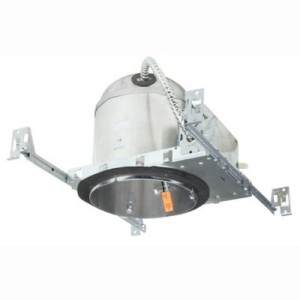
Benefits of having IC rated cans:
- Fire safety – IC rated cans can come into contact with combustible materials without risk (such as certain types of insulation)
- Air sealing – these cans are tightly sealed, whereas non-IC rated cans are generally very leaky (significant efficiency loss) and should not be directly sealed.
- This eliminates voids in attic insulation around can lights due to the need to give each light some breathing room.
Avoid Rash Decisions
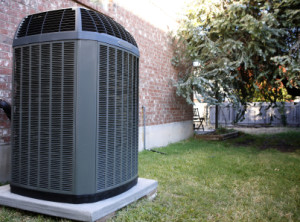 It pays to be smart about home upgrades. If you’re getting hot and you think it’s because you need a bigger AC – well, that is probably not true. Most homes already have over-powered and over-sized furnaces and air conditioners on the order of 2, 3, or 4 times too large. Furthermore, having a high efficiency high “SEER” rating matters much less than it being correctly sized for the home and for the duct system.
It pays to be smart about home upgrades. If you’re getting hot and you think it’s because you need a bigger AC – well, that is probably not true. Most homes already have over-powered and over-sized furnaces and air conditioners on the order of 2, 3, or 4 times too large. Furthermore, having a high efficiency high “SEER” rating matters much less than it being correctly sized for the home and for the duct system.
If you simply throw a bigger AC unit in there, here’s what will happen:
- Expensive upfront cost
- Increased energy bills
- Overpowered machine will cycle on and off frequently, thus decreasing its own lifespan
- Temperatures may drop but will be more unevenly distributed than before, especially from floor to ceiling
What we really want is steady, even, efficient cooling. This must be tied in with a correctly sized furnace (or whatever other technology) and well designed duct work. Forced air should almost always be designed all at once to work together. A high performance, truly comfortable home is also achieved through a variety of other factors such as air sealing, air distribution, and insulation. It is much more efficient to have a properly sized unit than an over-sized one. So once again, please do not simply buy a bigger AC! The standard HVAC industry will love to put one in for you. Do not let them!



